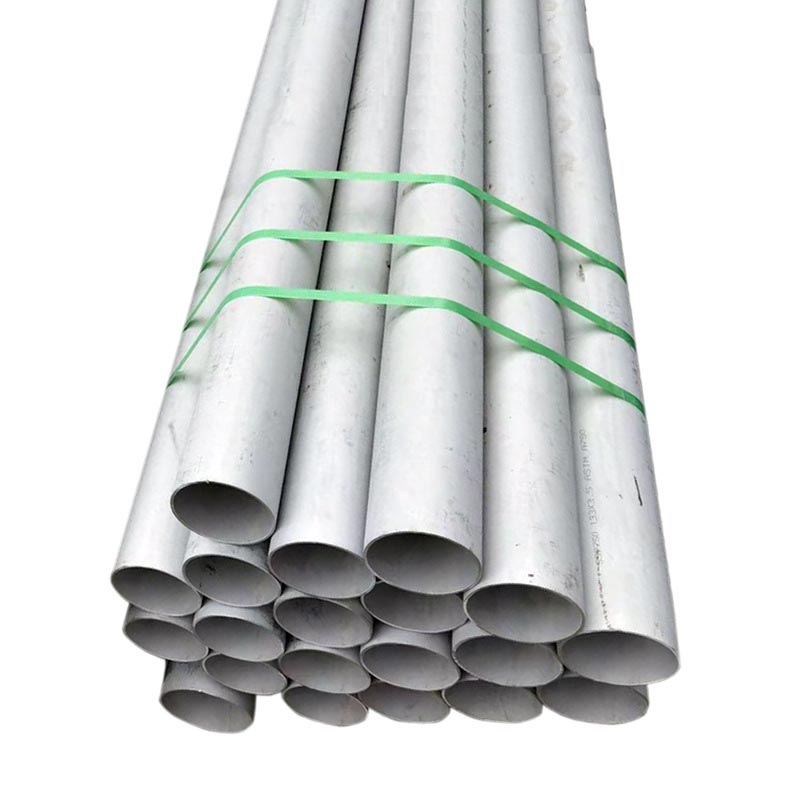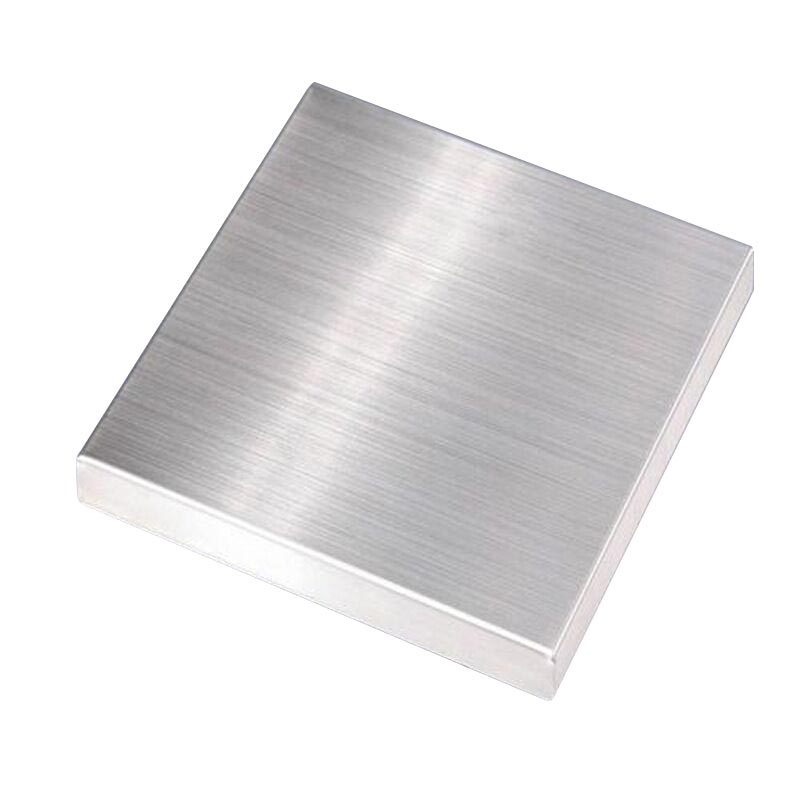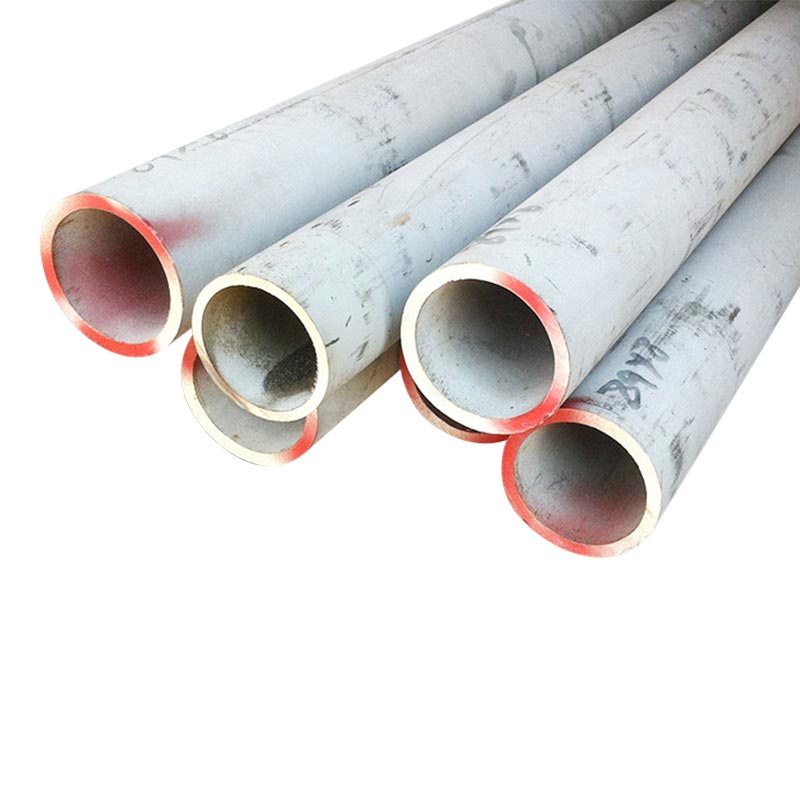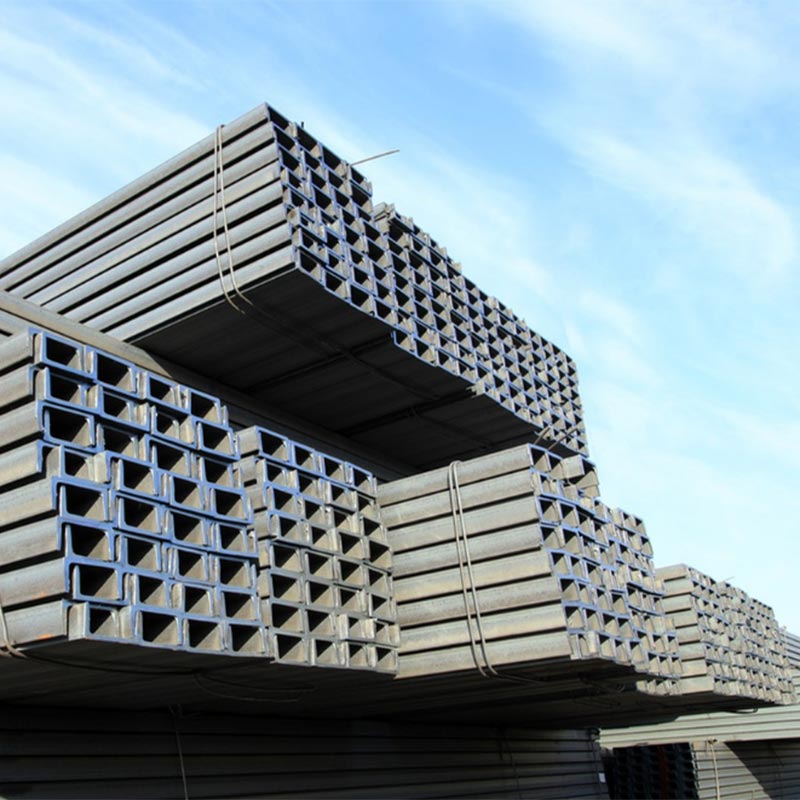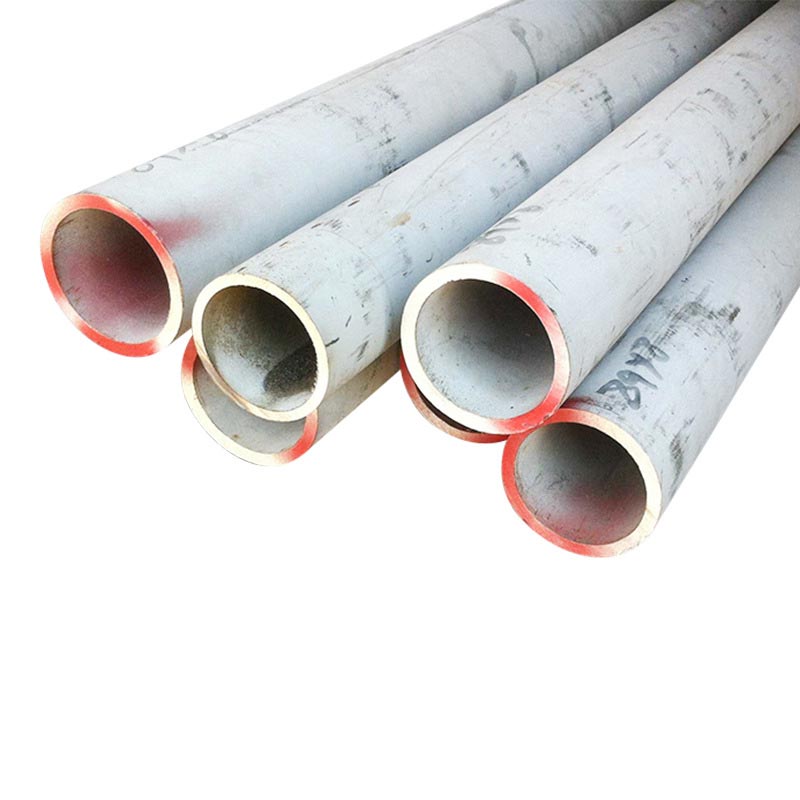What Points Should Be Paid Attention to in Stamping Processing of Stainless Steel Sheet?
What Points Should Be Paid Attention to in Stamping Processing of Stainless Steel Sheet?
Stainless Steel Sheet is widely used in engineering construction due to its excellent corrosion resistance, which allows structural components to maintain the integrity of the engineering design. Chromium-containing stainless steel also combines mechanical strength with high elongation, making it easy to process and manufacture components, meeting the needs of architects and structural designers.
Generally, the following points should be noted during the stamping processing of 310S Stainless Steel Sheet:
High Yield Point and Tensile Strength: Austenitic stainless steel exhibits significant work hardening, which can easily cause springback and mold damage. Therefore, the processing equipment must have excellent strength, rigidity, and wear resistance.
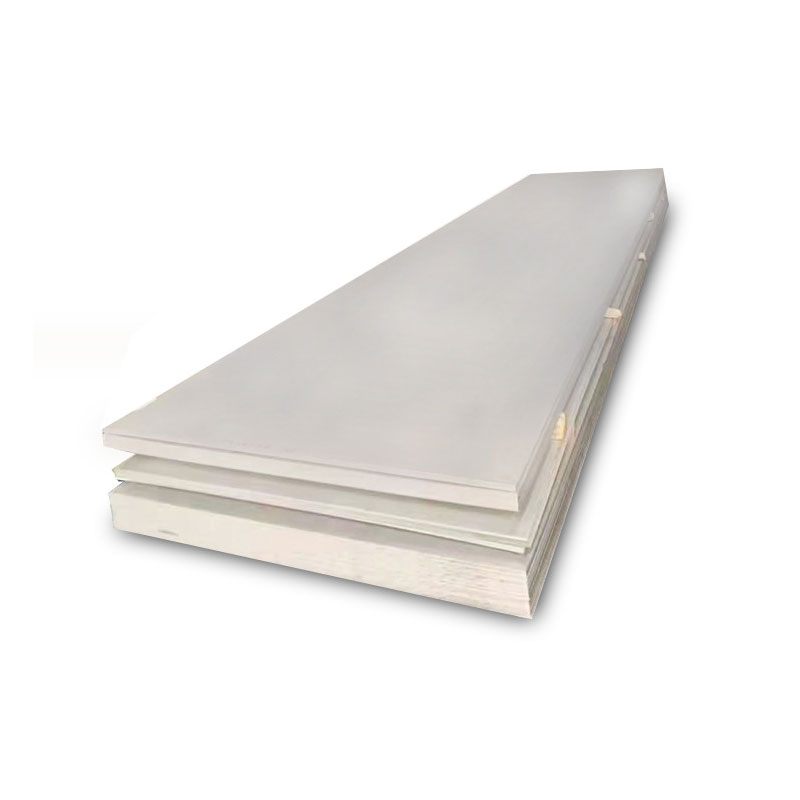
Low Thermal Conductivity and High Thermal Expansion (Austenitic System): Water-soluble lubricants with excellent cooling performance should be selected.
Surface Protection: Since some products often directly utilize the surface gloss of the 310S Stainless Steel Sheet, surface damage must be avoided during stamping processing. To prevent surface defects and ensure lubrication, an ethylene coating is typically applied to the sheet surface, or lubricating treatment is adopted.
Temperature Sensitivity of Austenitic Stainless Steel: The work hardening characteristics of austenitic stainless steel near room temperature are highly influenced by temperature, and its formability is significantly affected by temperature and speed. Generally, under high-temperature and high-speed conditions, the n-value decreases, and formability deteriorates. Therefore, warm processing methods, which are less affected by temperature, can achieve excellent stamping performance.
Differences in n-Value and r-Value Between Austenitic and Ferritic Systems: The variation characteristics of the n-value and r-value differ between austenitic and ferritic systems. Utilizing these characteristics effectively in engineering design is crucial. The stamping formability of austenitic 310S Stainless Steel Sheet is greatly influenced by the n-value, while the ferritic system is more affected by the r-value.
- A Brief Analysis of the Material Characteristics of Stainless Steel
- Common Degreasing Methods for 310S Stainless Steel Tubes
- Why Do Pores Appear on the Surface of 310S Stainless Steel Sheet?
- What are the measurement methods for straightness of 316L stainless steel?
- Analysis of Causes for Internal Folding in 310S Stainless Steel
- What Are the Application Ranges of 304 Stainless Steel?


